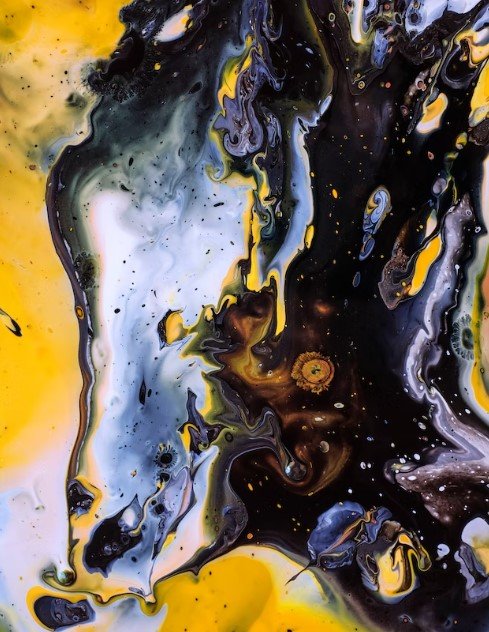Lately a Christie’s art sale became the highest auction in history. The sale consisted of jobs by Jackson Pollock, Roy Lichtenstein and Jean-Michel Basquiat, to name a few and in complete created $495 million bluephotoidea . The sale established 16 brand-new globe public auction records, with 9 jobs selling for greater than $10m (₤ 6.6 m) and 23 for greater than $5m (₤ 3.2 m). Christie’s claimed the document breaking sales showed “a brand-new era in the art market”.
The top great deal of Wednesday’s sale was Pollock’s drip painting Number 19, 1948, which fetched $58.4 m (₤ 38.3 m) – almost twice its pre-sale estimate.
Lichtenstein’s Woman with Flowered Hat cost $56.1 million, while an additional Basquiat work, Dustheads (top of post), went for $48.8 million.
All three jobs set the highest rates ever before fetched for the artists at public auction. Christie’s described the $495,021,500 total amount – that included commissions – as “shocking”. Only four of the 70 whole lots available went unsold.
In addition, a 1968 oil painting by Gerhard Richter has actually established a new document for the greatest auction price accomplished by a living musician. Richter’s photo-painting Domplatz, Mailand (Cathedral Square, Milan) cost $37.1 million (₤ 24.4 million). Sotheby’s explained Domplatz, Mailand, which depicts a cityscape painted in a style that suggests a blurred photo, as a “masterpiece of 20th Century art” and also the “embodiment” of the musician’s 1960s photo-painting canon thepicasophotos . Don Bryant, creator of Napa Valley’s Bryant Family Vineyard and the paint’s brand-new proprietor, claimed the job “simply knocks me over”.
Brett Gorvy, head of post-war and also contemporary art, claimed “The remarkable bidding and record costs established show a new era in the art market,” he stated. Steven Murphy, chief executive officer of Christie’s International, said brand-new collection agencies were helping drive the boom.
Misconceptions of the Music-Fine Art Rate Differential.
When I encountered this short article I was stunned at the prices these artworks had the ability to get. Several of them would rarely stimulate a positive emotional action in me, while others may only slightly, but for nearly all of them I truly do not recognize just how their costs are shown in the work, as well as vice versa kingsonphotography . Clearly, these items were not planned for people like me, a musician, while well-off customers definitely see their innate imaginative value clearly.
So why doesn’t songs bring in these type of prices? Is it also possible for an item of recorded songs, not songs memorabilia or a music artefact (such as an uncommon record, LP, bootleg, T-shirt, cd artwork, etc), to be worth $1 million or more? Are all artists and also music composers doomed to battle in the music industry and also claw their way up into a profession in songs? If one painting can be valued at $1 million, why can’t a tune or piece of music likewise be valued likewise? Apparently, the $.99 per download rate is the greatest cost a track is able to regulate at market value, regardless of what its high quality or content, and also the musician or composer should approve this worth therefore.
The economic equation looks something such as this:.
1 paint = $37 million.
1 track = $.99.
Sometimes people state that a track can change the world, but no person ever claims that about paintings thephotogarphy . So in theory, if people want adjustment $.99 is the price we must pay for it.
Now right here are a few statements that ought to assist us clarify what the monetary or value disparity between painting and also songs is based upon.
( 1) There are less painters than there are artists.

